Medical Intervention Code
KartSport New Zealand (KSNZ) is one of the safest forms of motorsport due to strict personal protective equipment requirements, race meetings restricted to KSNZ approved and certified tracks, events all of which operate under the National Track Code compliance system. However, KSNZ’s proud tradition of safe-speed race track activities does invoke the responsibility for clubs and promoters to at all times consider an event’s potential for injury and prepare resources accordingly.
KSNZ has consulted with stakeholders to formulate an agreed level of required medical services appropriate to each discipline and level of the event. Information was gathered through consultation with Motorsport New Zealand, our Medical Officer, medical directors and medical providers.
Different events present different potentials for injury to participants, affiliated clubs and/or promoters must consider the levels of risk and be responsible to provide a suitable level of medical response and treatment appropriate to the risk profile of the event. For example, it is acknowledged that a Club-Day may require less medical response than a National competition event, also spectator numbers must be factored into the risk profile and may require a higher level of response and treatment.
For further information and support please contact KartSport New Zealand Support & Risk Team: Click HERE
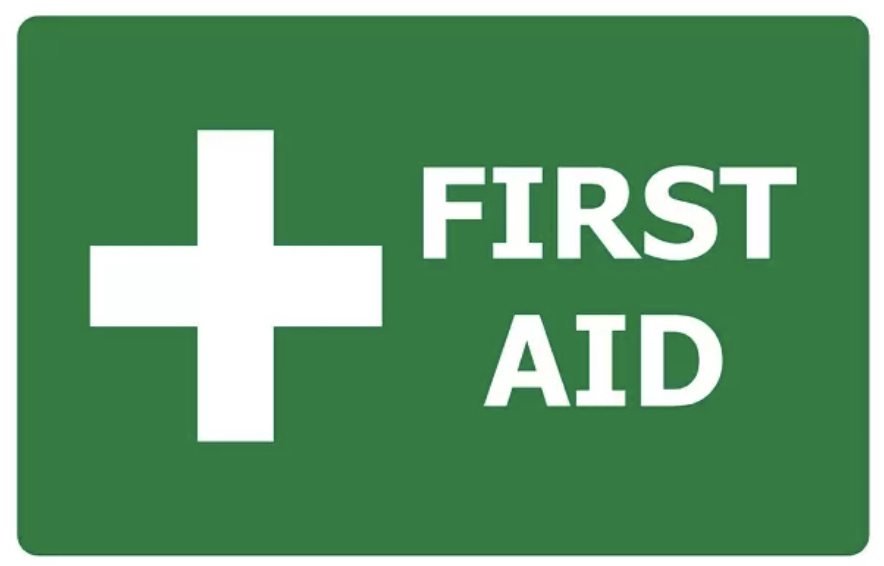
Overview of Medic Code For KartSport Events
Every KSNZ permitted event must have a medical service qualified and able to provide appropriately skilled personnel and equipment to assess and treat any injured competitor, official, volunteer or spectator.
It is accepted that different events present varying levels of potential injury. In KartSport there are four levels of care that provide specific requirements for determining the services required depending on the type and risk associated with a given event. The minimum levels of care are defined as the follows
FIRST AID FACILITIES, MEDICAL INTERVENTION RESOURCE AND PERSONNEL: All medical intervention code requirements must be in place and on hand from the start of practice to the completion of racing. A charge may be levied on all entrants to assist in offsetting the Medical Intervention resource and or ambulance charges.
Risk | Level of Care | Description of Care |
Low | Basic Care | Basic Care is that care provided by a person who is qualified with a recognised certificate to provide first aid and Basic Life Support |
Moderate | Intermediate Care | Intermediate Care implies skills beyond a basic first-aid certificate level (casualty assessment, spinal immobilisation, oxygen, and defibrillation). |
High | Advanced Care | Advanced Care includes the ability to deliver lifesaving treatments and interventions. |
Extreme | Critical | Critical care implies the ability to deliver a wide range of intensive care treatments and procedures. |
In considering the level of medical services to be provided, it is important that the following four phases of medical intervention are addressed:
- Phase 1 – Respond to an injured driver
- Phase 2 – Transport the injured driver to an area for stabilisation
- Phase 3 – Stabilisation of an injured driver
- Phase 4 – Transport away from the event to a hospital or medical care facility
The medical services must be to the satisfaction of KSNZ. KSNZ may request the Club or Promoter to modify their medical service requirements if they deem it necessary.
KSNZ does not assume responsibility for medical service providers. Clubs and private promoters should take all reasonable care and undertake their own diligence to ensure they are satisfied with the level of care to be provided at their event. Compliance with the minimum requirements remains the responsibility of the club or private promoter to whom the event permit is granted.
The club or private promoter is responsible for ensuring that the medics provided on the day match that of the specification prior to the commencement of Official Practice and/or competition. Any disparity must be reported to KartSport New Zealand with an application for dispensation.
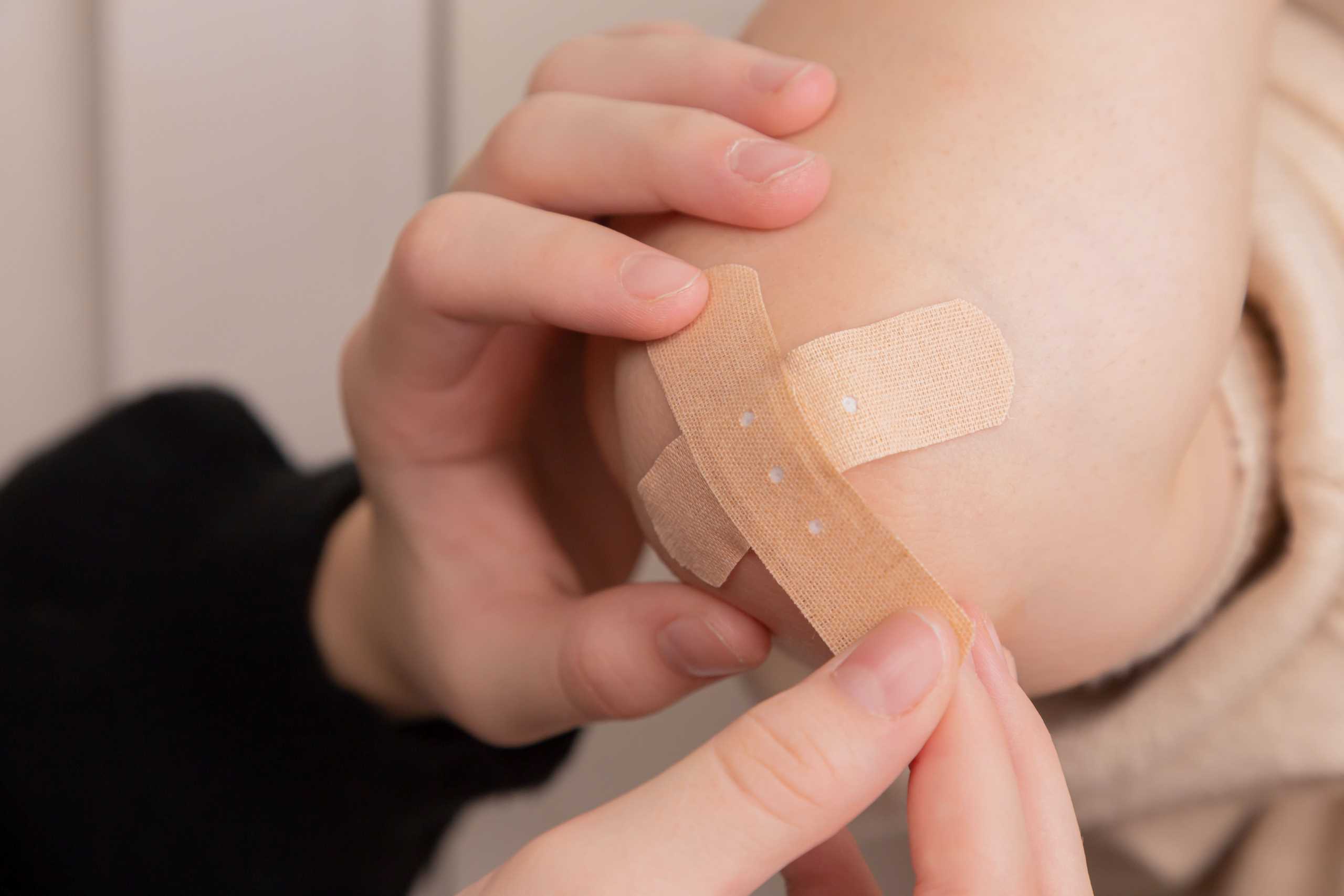
Medical Services for Spectators and the Public
KartSport does not normally host large spectator events however support teams combined with spectators may on occasion exceed 1,000 i.e. large Group E or KSNZ Hosted events, Sprint Nationals etc.
Clubs & private promoters must consider the provision of medical care for their spectators and officials. Large gatherings of 1,000 + expected spectators and or attendees are known to have an increased medical workload.
Clubs and private promoters should ensure that appropriate medical services are provided for the crowd. In some cases, it may be appropriate to utilise track medical resources including medical vehicles, personnel and facilities, on the understanding that this may delay racing. At large events, where crowds are expected to exceed 500, additional crowd specific personnel are required. This could be provided by the same medical service provider supplying services for the event by simply increasing personnel numbers, or engaging an independent service provider to focus on spectator medical care.
Event Specific Considerations
Clubs and private promoters should also consider the distance to the nearest major hospital and other factors (i.e. other sporting events which attract significant numbers, isolated events, weather conditions etc.) when considering the medical requirements appropriate for the event. For example, if a minor or moderate event was being held in a remote area, the club or private promoter should consider increasing their level of care and/or medical resources available.
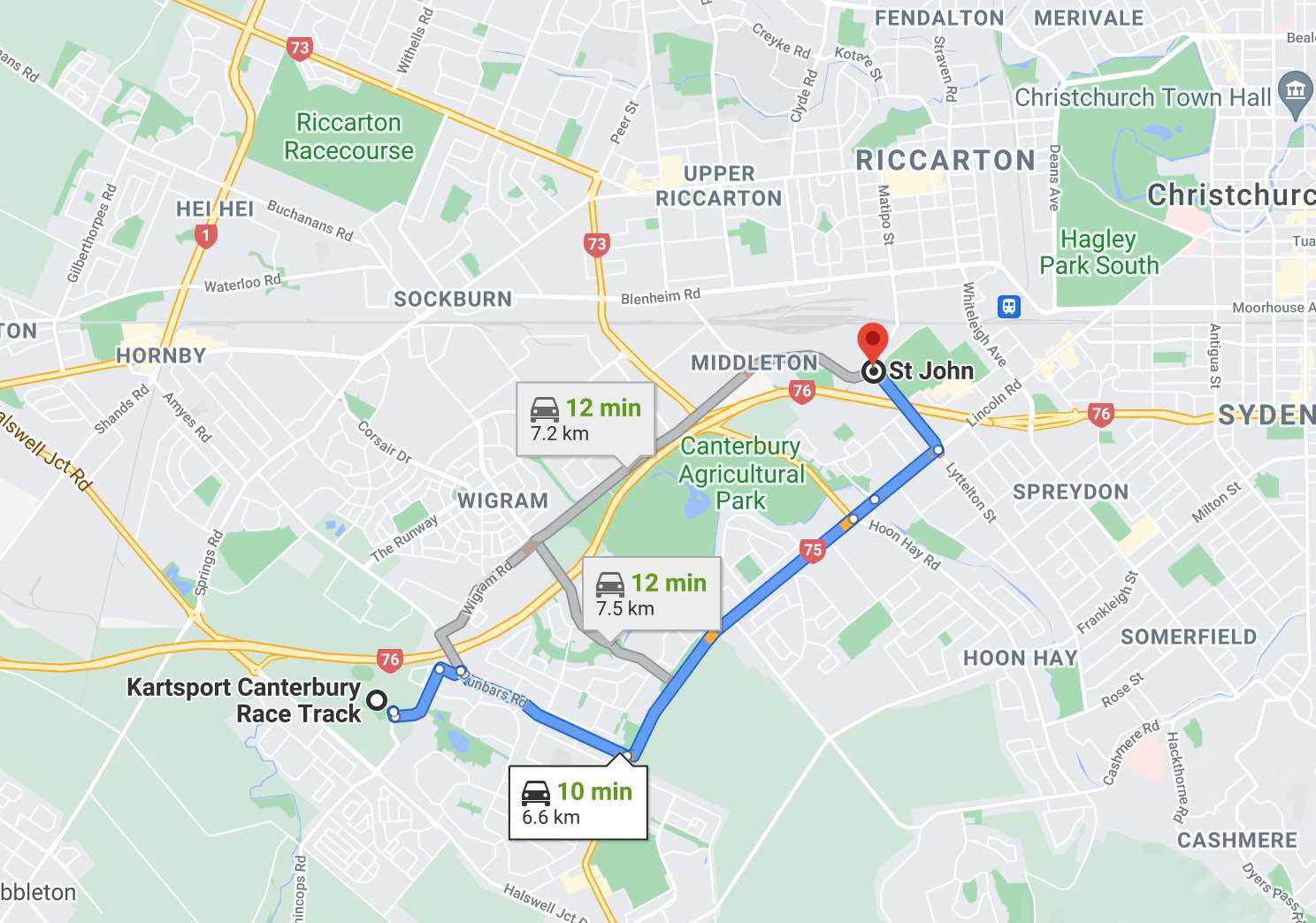
Communication:
Adequate communication at each event is critical along with a clear schedule of command. Medics should be clear on the track layout and the naming of parts of the track including the safe entry and exit points for any ambulance and or support vehicle. It is essential to conduct a medical briefing prior to any meeting to ensure this is clear. Providing medics with a track layout with clearly numbered areas of the track is required. Adequate communication between the Race Director/Clerk of Course and Medics through radio and or cell phone is essential
Ambulance Station Proximity:
For tracks/events that are further than 20 mins from the nearest Ambulance station, or in the event that it is possible an ambulance will not be immediately available and be able to attend the scene of an incident within 20 mins, then the next higher Care Level must be met.
Medical Matrix – Care-Levels
The table below summarises the minimum requirements for each level of care.
- KSNZ does not assume responsibility for medical service providers.
- Clubs and private promoters must take all reasonable care and undertake their own diligence to ensure they are satisfied with the level of care to be provided at their event. Clubs and private promoters must increase the level of care as circumstances require.
- Compliance with the minimum requirements remains the responsibility of the club or promoter to whom the event permit is granted.
- The Chief Steward of the event has the ultimate authority to determine whether the correct level of medical personnel support/equipment and vehicles is in place for the respective event, or not.
These care levels are elaborated upon in the following chart:
Level of Care Required | Personnel Required | Vehicles | Facilities |
Basic Care: 1-60 active participants | 1 x First Responder | See “Event Specific” distance requirements | First Aid Room/First Aid Facilities |
Intermediate Care: Group F (Club Days) 60 plus active participants | 1 X EMT or Registered Nurse (See Minimum requirements Page) | Patient Transport A vehicle capable of transporting a person on a stretcher with the doors closed. | First Aid Room/First Aid Facilities |
Advanced Care Group E & KSNZ Hosted Events | 1 x EMT or | Commissioned Ambulance Eg St Johns, Wellington Free Ambulance | First Aid Room/First Aid Facilities |
Critical Care Road Race/Street Race | The Minimum Medical Intervention staff as stipulated by MSNZ permit Or 1 x Paramedic Plus 1 x EMT Plus 1 x First Responder | Commissioned Ambulance Eg St Johns, Wellington Free Ambulance | First Aid Room and or Trackside Medical Centre |
NOTE: For tracks and or events that are further than 20 mins from the nearest Ambulance station, or in the event that it is possible an ambulance will not be immediately available and be able to attend the scene of an incident within 20 mins, then the next higher Care-Level must be met.
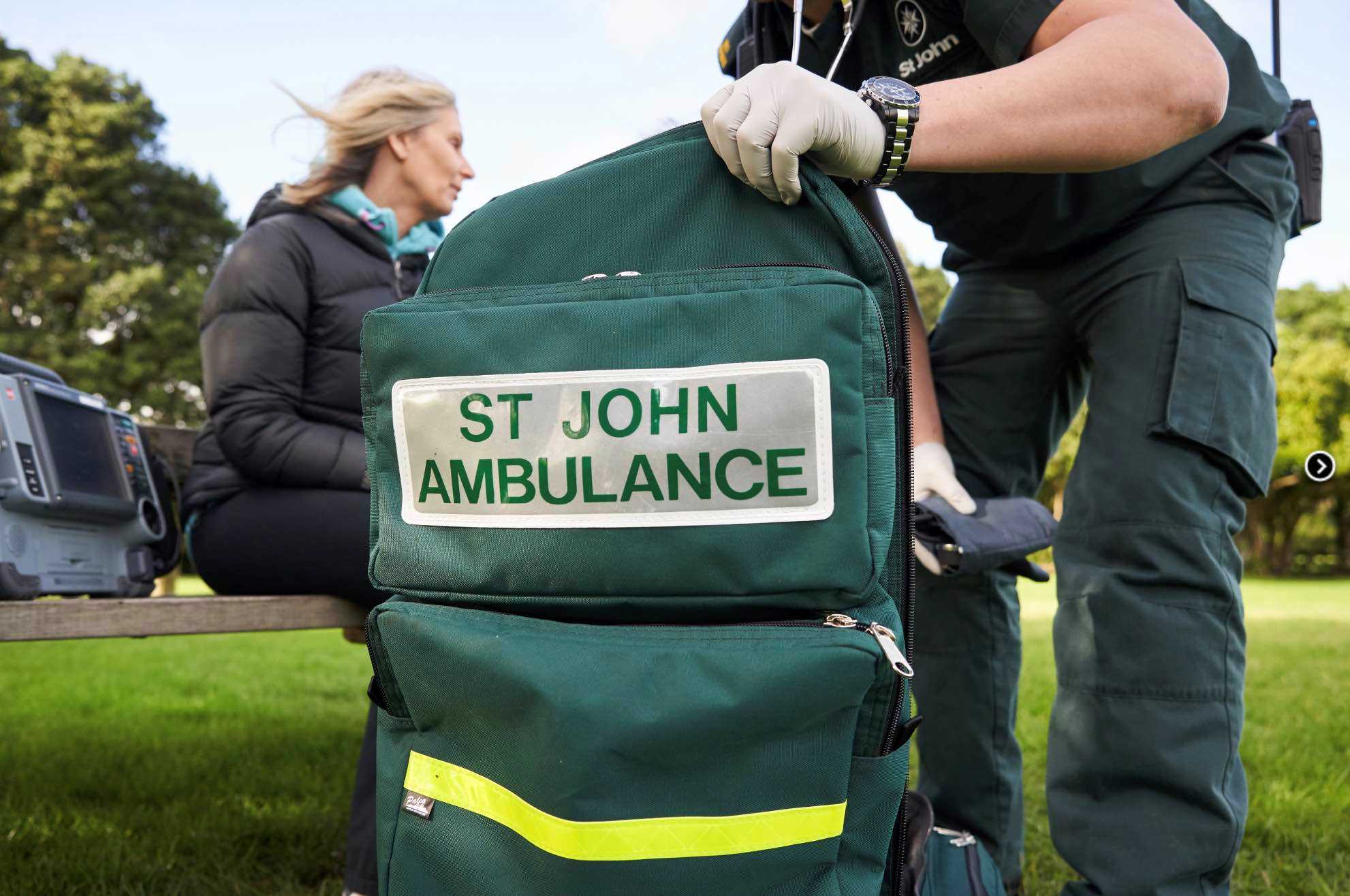
Basic Care – Minimum Requirements Personnel
Vehicle
Facilities
Personnel must have sufficient qualifications, training and experience to take action autonomously and immediately in case of an accident.
The first aid facility must:
|
Intermediate Care – Minimum Requirements
Personnel
- 1 x EMT or Registered Nurse (RN), provided the RN has the pre-hospital emergency experience and is familiar with resources and current national clinical code pertaining to EMTs, 1 x First Responder
- Personnel must have sufficient qualifications, training and experience to take action legally, autonomously and immediately in case of an accident.
Vehicles
- A Patient Transport Vehicle. A suitable vehicle to enable medical personnel to reach the scene of an incident anywhere at the event and transport a person on a stretcher with vehicle doors closed to the First Aid Room. The vehicle must be equipped to communicate with Race Control.
(See Ambulance Station Proximity Compliance Requirement)
Facilities
- First Aid Room / First Aid Facilities
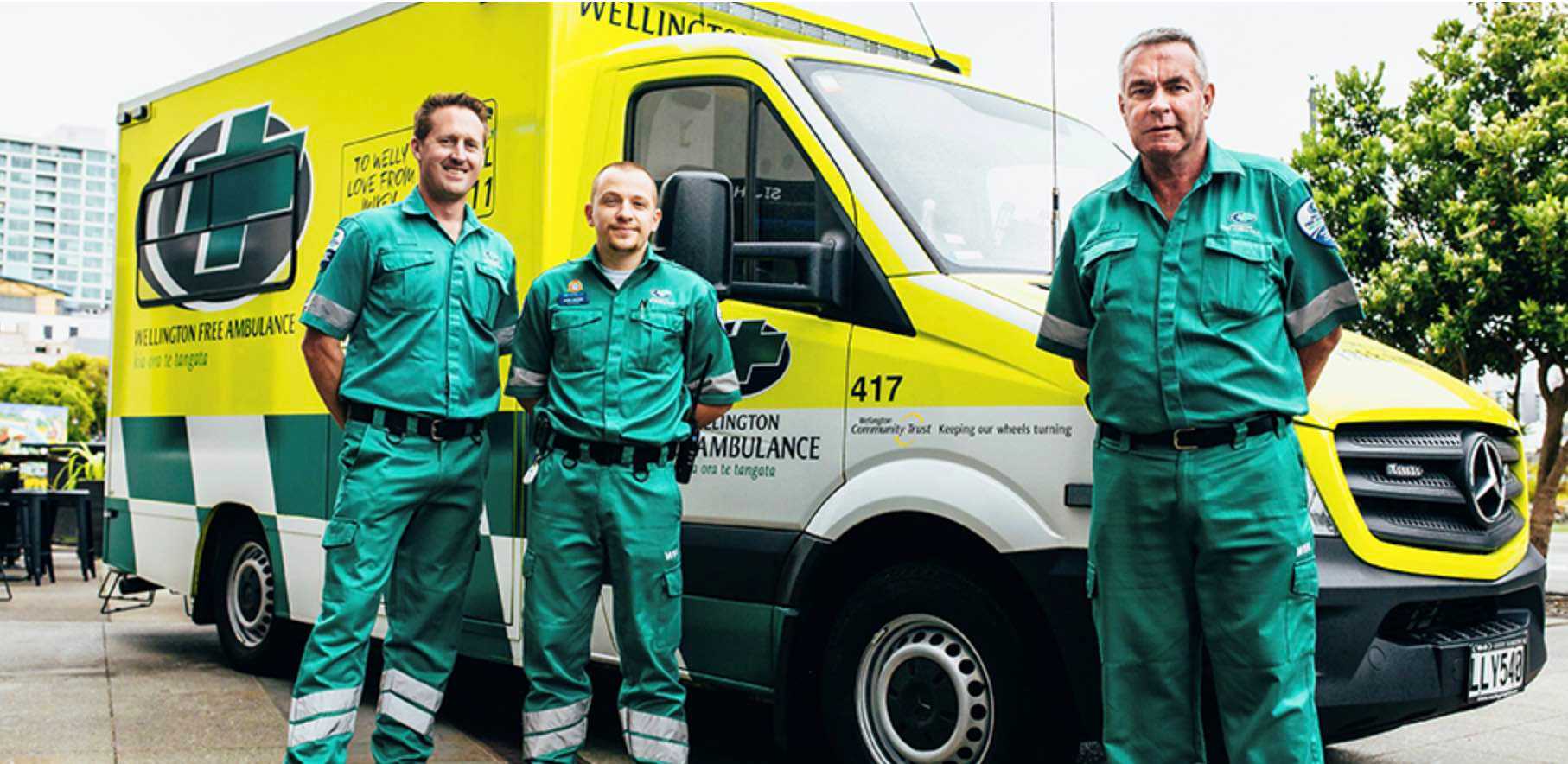
Advanced Care – Minimum Requirements
Personnel
- 1 EMT and or 1 Paramedic
(Minimum two personnel, qualified as above where attendance is estimated to exceed attendance cap and one may be a Registered Nurse (RN) provided they have pre-hospital emergency experience and are familiar with resources and current national clinical code guidelines. - Personnel must have sufficient qualifications, training and experience to take action legally, autonomously and immediately in case of an accident.
Vehicles
- Patient Transport Vehicle i.e., Ambulance
- Medical vehicles used at KSNZ New Zealand events i.e., ambulances. The vehicles must be equipped to communicate with Race Control.
- If the emergency ambulance leaves the circuit or is unavailable (i.e., treating a patient), it must be replaced by another emergency ambulance before any competition activity is resumed.
First Aid Room Facilities
The first aid facility must:
- Be readily accessible from the competition area;
- Ensure patient security and privacy;
- Be a permanent or temporary structure with adequate space to treat injured riders for both major and minor injuries;
- Have current first aid supplies, as well as sufficient stock for the whole event;
- Be a non-smoking zone.
First Aid Room (to be equipped with) |
- Well stocked and current first aid kit;
- Stretcher;
- Automatic external defibrillation (AED) recommended;
- Equipment for Basic Life Support

Critical Care – Minimum Requirements: MSNZ Motor Racing Circuit Events
NOTE: KartSport “Motor Racing Circuit Events/Road Race Events” refers only to Karting race events operated on approved Motorsport New Zealand (MSNZ) tracks.
- MSNZ Medic Code applies when KSNZ events are combined with MSNZ events.
- Where KSNZ exclusive events are held on MSNZ circuits, KSNZ Advanced Care – Minimum Requirements will apply.
Personnel
- Refer above re MSNZ
- Refer above re KSNZ Advanced Care
Vehicles
- Refer above re MSNZ
- Refer above re KSNZ Advanced Care
Facilities
- Refer above re MSNZ
- Refer above re KSNZ Advanced Care
Critical Care – Minimum Requirements: Street Race Events (Non-Permanent Circuits)
Personnel
- 1 x Paramedic, 2 x EMT, 2 x First Responders (or Registered Nurse (RN). in place of EMT, provided they have pre-hospital emergency experience and are familiar with resources and current national clinical codes
- Personnel must have sufficient qualifications, training and experience to take action legally, autonomously and immediately in case of an accident.
Vehicles
- A vehicle that is authorised to transport patients on public roads and that is willing to be present at all times during practice and racing; and
- An additional vehicle that is suitable to retrieve an injured patient from the track.
- Medical vehicles used at KSNZ New Zealand events i.e., ambulances. The vehicles must be equipped to communicate with Race Control.
- If the emergency ambulance leaves the circuit or is unavailable (i.e., treating a patient), it must be replaced by another emergency ambulance before any competition activity is resumed.
Facilities
- Trackside Medical Centre
APPENDIX
Personnel Definitions (Link and data below as per St John Practice Levels)
First Responder (FR):
Ambulance officers practising at this level have undergone a comprehensive first aid course, as well as a specialist module specific to their environment (ambulance, events or communications).
First responders have no ATP (Authority to Practice) and are so cannot administer prescription medicines independently.
Emergency Medical Technician (EMT):
This base ambulance qualification is the first level to be issued an ATP. These officers have successfully completed the National Diploma in Ambulance. This course takes 6-12 months to complete, and includes core skills, as well as the theory and application of key concepts relating to both medical and traumatic events.
Paramedic (PARA):
Paramedics are capable of delivering some medicines specific to patients requiring pain relief, in shock, or who are continuously fitting. Officers at this level have either completed an internal education package or have completed a Bachelor of Health Science in Paramedicine.
Intensive Care Paramedic (ICP):
Officers at this level are specialists in critical care and clinical judgement, with a proven ability to manage complex patients. They’re capable of delivering a wide range of medicines, advanced airway management, and a number of invasive skills. A minimum of a Bachelor Degree is required to achieve this level at present.






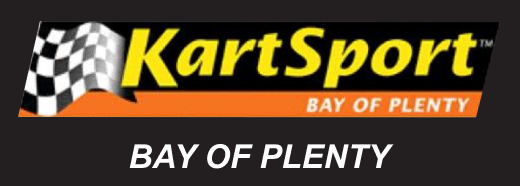

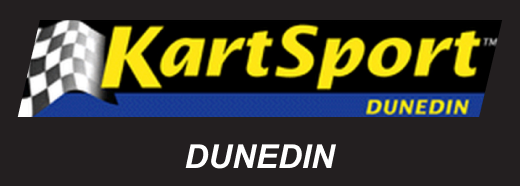
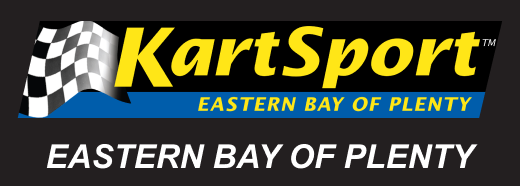
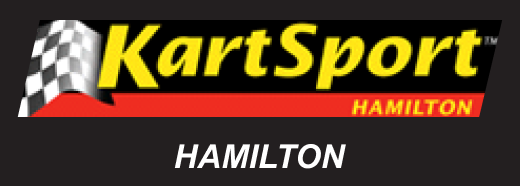
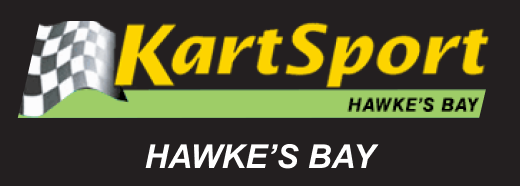
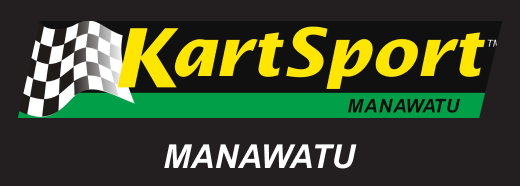


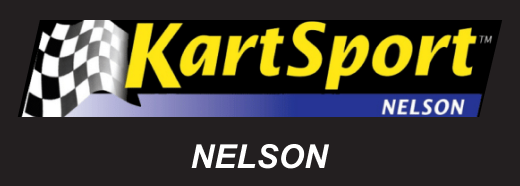
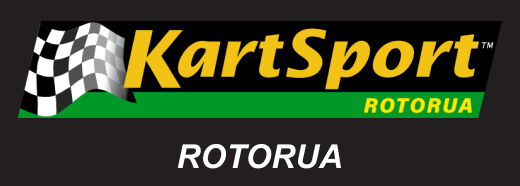
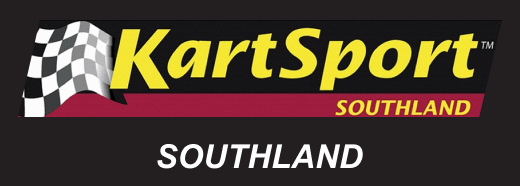
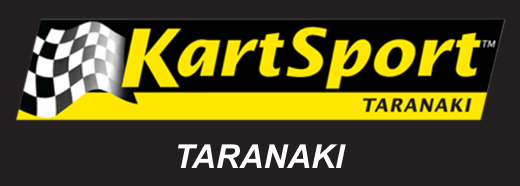
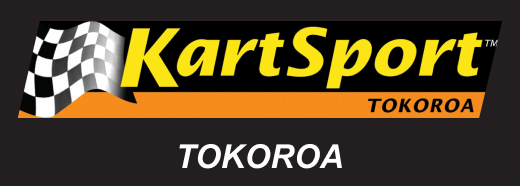
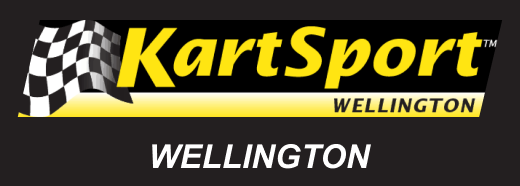


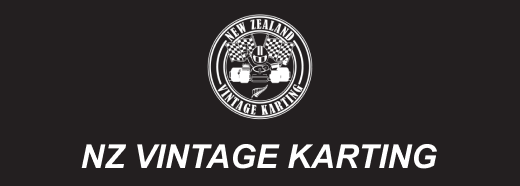
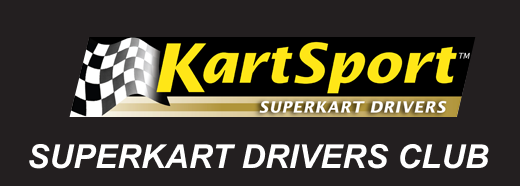


 Members
Members Admin Login
Admin Login